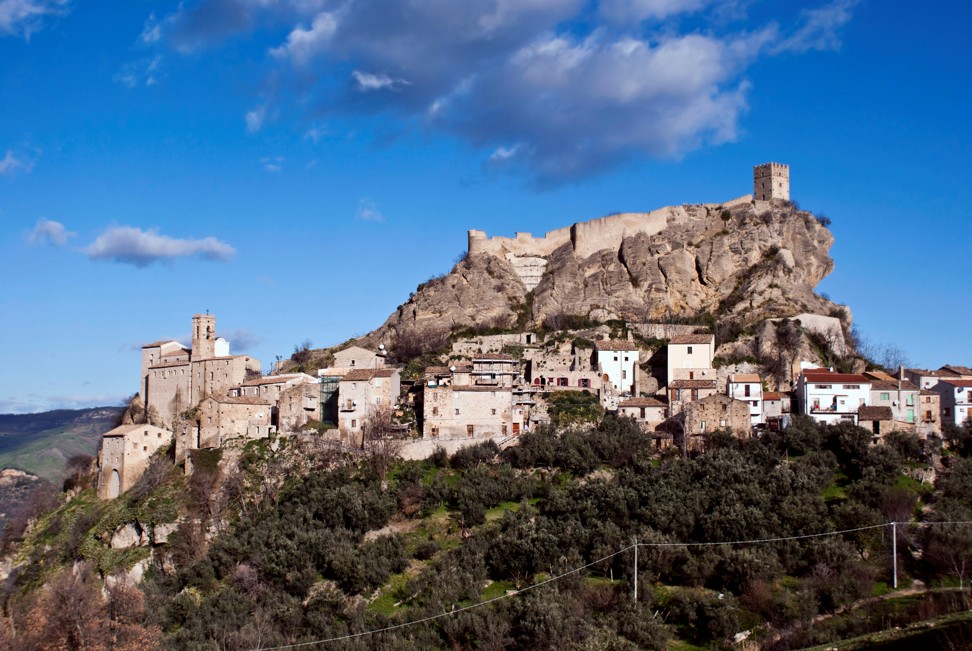
Why Chinese tourists love Italy’s quaint rural villages: scenery, solitude, silence – luxuries many don’t have at home
- More Chinese tourists have visited Italy this year than any other European country, with many seeking out the country’s villages and hamlets
- The trend is helping revitalise depopulated villages in rural areas of the country

Forget about France, Germany or Greece – Italy is now the most popular European destination for Chinese tourists.
Numbers are expected to continue growing in 2020, which has been designated the “Italy-China Year of Culture and Tourism”, and next year will also mark the 50th anniversary of diplomatic ties between the two countries.
According to Italian tourism authorities, roughly 3.5 million Chinese travellers had visited Italy this year by the end of October, and these tourists are increasingly choosing to visit offbeat destinations in the country as they search for unique travel experiences.
“Chinese visitors are discovering and falling in love with quaint, small rural villages like in the Abruzzo region, where few residents live,” says Gianfranco Bonacci, a cultural expert based in Abruzzo, a scenic province on the Adriatic Sea.

“These spots are far from mass-market destinations. What attracts Chinese tourists is the chance of having a slice of solitude and silence all to themselves,” adds Bonacci, who has worked for Italian public utility companies in China.
“It’s a luxury many don’t have back at home where everything is confined, regulated and limited due to population density, and where spaces are ‘collective’. In Abruzzo’s hamlets, they breathe fresh, unpolluted air, and can look up at the clear sky and stare at the stars.”

The chance for Chinese travellers to escape the stress and pressure of everyday life may be the main attraction of the province’s constellation of tiny, isolated villages and ancient towns.
With just 1,100 residents, Roccascalegna is one of these medieval villages in Abruzzo. Its old stone houses are set at the foot of a fortress dubbed the “Castle in the Sky”, which juts out of a basalt cliff over a breathtaking precipice. Cars are parked at the entrance of the village and guests walk along on old donkey trails made of rough stones carved from the hill’s jagged rock.
The fortress has become a niche location for weddings among Asian couples, who climb up the hill to the fortress’s chapel. Heels are not advisable on the steep and uneven stairs, so some bridal entourages make the journey barefoot.

Bonacci thinks that by discovering the appeal of these forgotten places, Chinese visitors can take more of an interest in the preservation of their own country’s architectural heritage when they return home.
“China’s rural landscape is dotted with ghost villages that have been abandoned to develop new towns,” he says. “By pursuing economic growth, pieces of China’s cultural heritage have vanished, but visiting Italy has shown them a different perspective. Here we tend to cherish our past. The Chinese have started to see, and admire, how old places can be a treasure, and how even ruins can be brought back to life.”
Italy is dotted with 6,000 forgotten villages, while another 15,000 are threatened with depopulation. Many are picturesque and some extraordinarily beautiful.
Most of them are in central Italy, in the regions of Abruzzo, Marche and Molise. Chinese and Japanese buyers have even stepped in to rescue a few dying hamlets by purchasing crumbling farmer’s houses that they have restored into summer homes.
There are Chinese tour operators who bring people on guided tours to take selfies, but also solitary, upper-class Chinese visitors who appreciate the overwhelming beauty of such a location
Civita di Bagnoregio, a tiny ghost village in the Latium region near Rome, has been revitalised by Chinese tourists who flock there all year round, lured by the unique scenery.
Founded more than 2,500 years ago by the pre-Roman Etruscans, Civita di Bagnoregio is perched on a plateau of volcanic rock surrounded by steep ravines and is home to just a dozen residents. Dubbed the “Dying City”, because it is threatened by constant soil erosion, the village has no streets. A single metal footbridge connects it to the main road below, where some surrounding boutiques and shops now feature signs written in Chinese.
“There are Chinese tour operators who bring people on guided tours to take selfies, but also solitary, upper-class Chinese visitors who appreciate the overwhelming beauty of such a location,” says Paolo Crepet, owner of the village’s boutique hotel, Corte della Maestà.
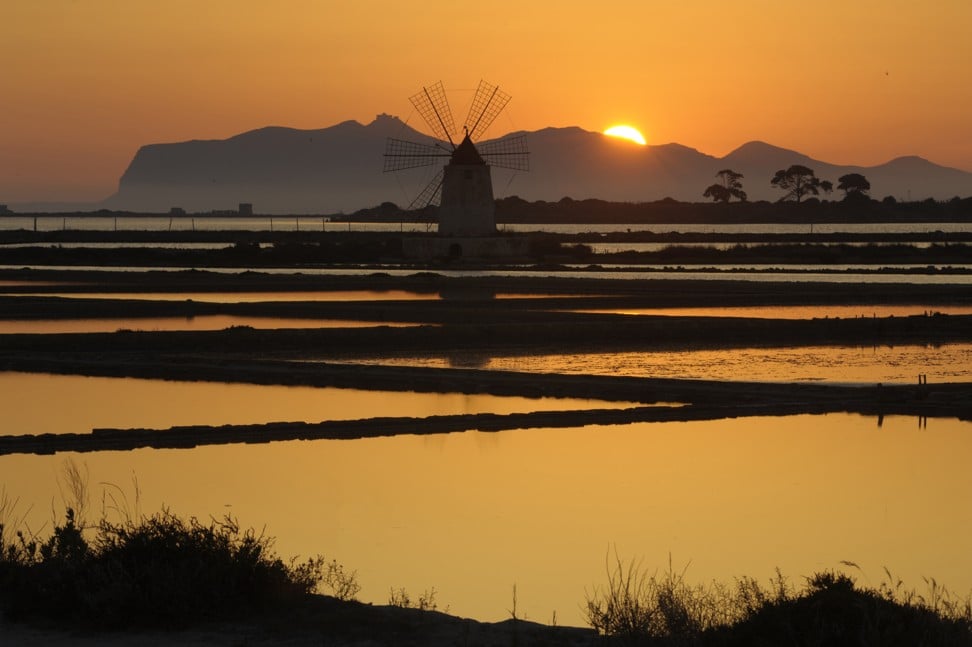
A growing number of Chinese tourists looking for a particular travel experience in Italy opt to stay in these so-called scattered resorts that are spread over ancient Roman locations.
It’s a groundbreaking accommodation model in which rooms and facilities are sprinkled throughout a village rather than one single building. Guests sleep in former farmer and peasant dwellings and dine in dungeons.
The trend, which is reviving a number of depopulating Italian villages, appeals to Chinese tourists who are eager to savour a lost world where they can enjoy Italian authenticity and traditions, says Giancarlo Dall’Ara, a professor of marketing in tourism, and a consultant for Italian tourist regions and destinations.
According to Dall’Ara, who is frequently in contact with Chinese developers and is a great believer in the scattered resort prototype, the trend has enormous potential and could be exported to China to help rescue forgotten rural villages there.
“Destroying and rebuilding from scratch, as the Chinese tend to do, is not the best solution,” he says. “Preservation and architectural transformation is the key to innovative, sustainable development. Old houses can be restyled with modern comforts, and that’s real progress.”

The southern Italian island of Sicily has also been experiencing a boom in Chinese tourism. New deals have recently been signed between regional authorities and top Chinese tour operators to attract more tourists from China. Mandarin courses are regularly held to teach local hotel owners how to best serve clientele from the Middle Kingdom.
And it’s not just the lure of Sicily’s chic Taormina, with its glossy boutiques and ancient Greek theatre, that is appealing to the visitors.
Among emerging tourist spots is the Etna volcano and its black scenery dotted with volcanic-rock villages. Ustica island is a scuba-diving paradise, while the old salt pans of the Stagnone Lagoon are still in working order – salt is still extracted from the lagoon and exported to China.
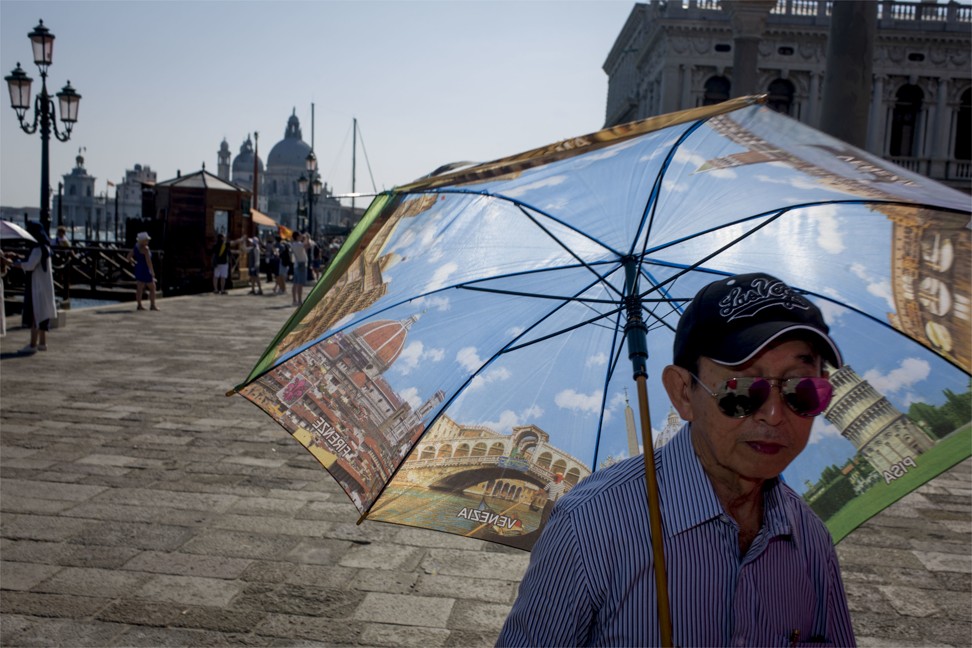
“The lagoon is renowned for its ‘bleeding sunsets’ and Chinese travellers adore them,” says Giulia Bianchi, a guide who takes Asian tourists on tailor-made tours.
“They navigate the lagoon on a barge and admire the surrounding tiny isles dotted with Phoenician ruins and saline windmills. After sipping a glass of locally made sweet Marsala wine, they watch as the sun goes down beautifully.”
Another offbeat attraction is Filicudi, the most remote and pristine isle of the Aeolian archipelago, in the Tyrrhenian Sea, north of Sicily. The island is home to just a few tiny villages, with pastel-coloured houses and steep stone donkey paths.
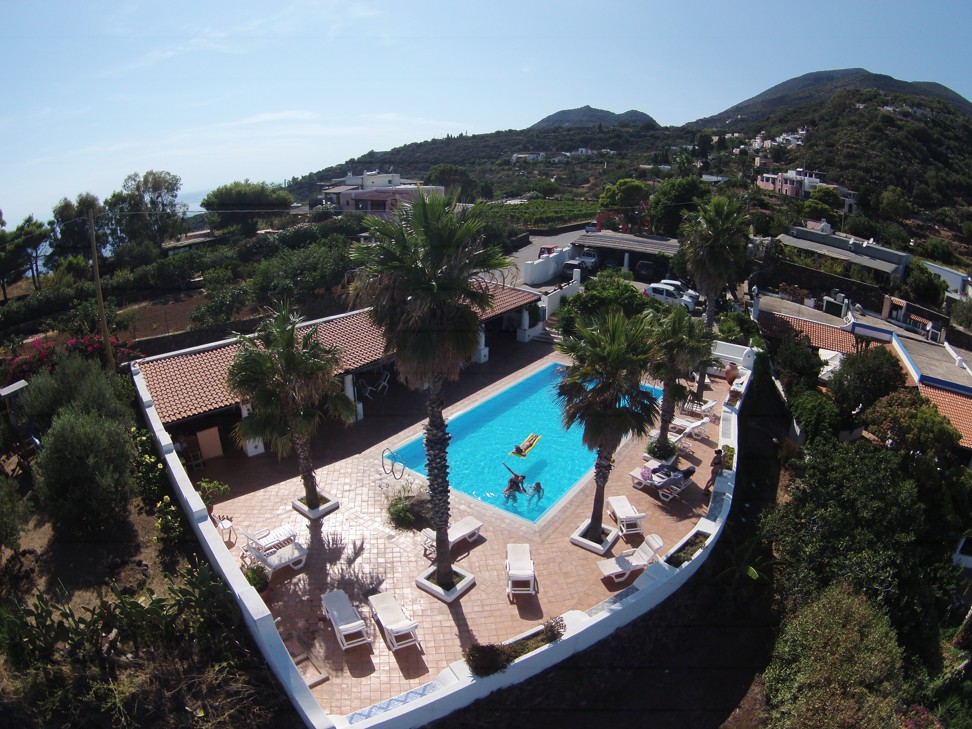
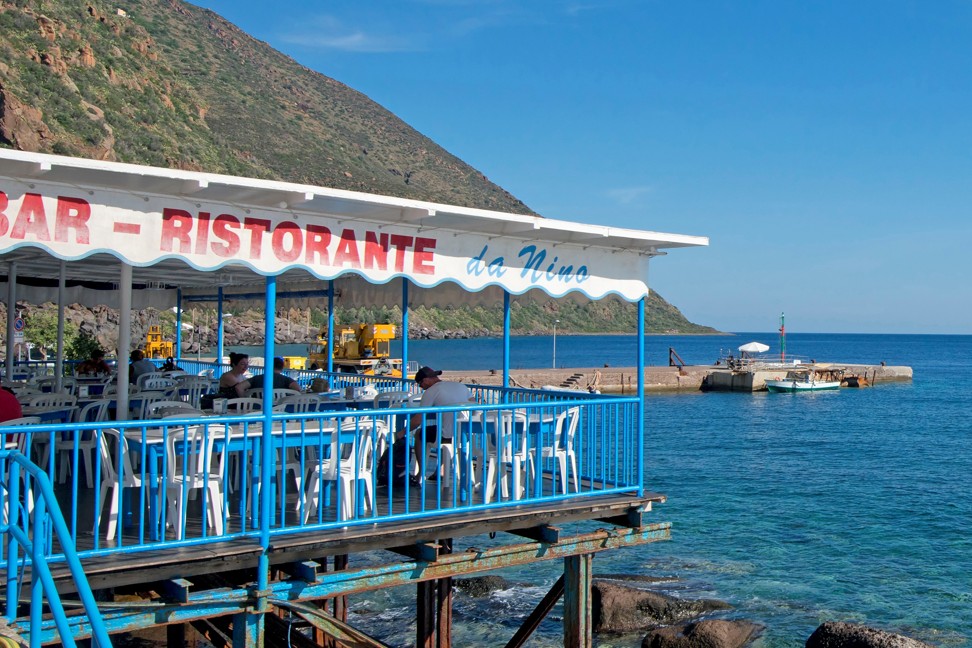
Enzo Anastasi, from Filicudi’s Hotel La Canna, says most Asian travellers come to the island to witness its untouched nature and trek along the routes that wind up to the nearby volcano crater. There’s also the labyrinth of sea grottos, surrounded by a colourful landscape dotted with red, black, green and yellow rocks.
Local fishermen take couples on boat tours to admire the sea stack shaped like a cobra’s head. For lunch, the fishermen dive into the water to gather sea urchins for guests, spreading their roe on slices of bruschetta bread. It’s this kind of Italian experience that Chinese travellers have grown to love.
“Asian tourists walk for hours and hours into the wilderness and up steep paths,” says Anastasi.
“Here they can experience the bliss of being surrounded by pure nature. There’s no smog, no traffic, no stress, no noise. Filicudi is far from the metropolitan chaos and offers regeneration for the body and soul.”